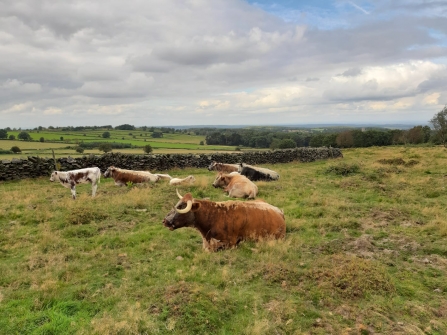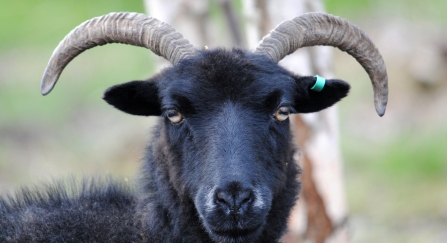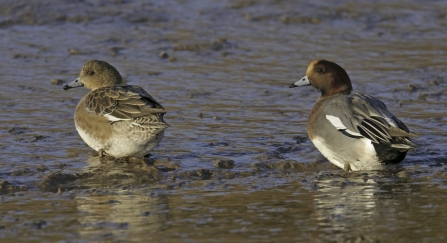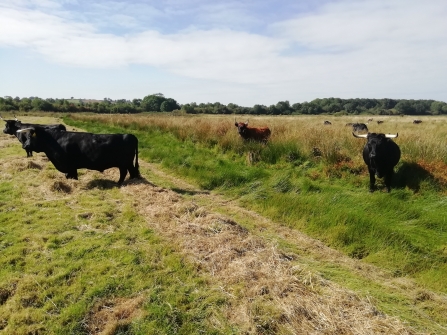Conservation grazing is one of those phrases people mention a lot in conservation……but what does it actually mean? Well, it’s pretty straight forward, it is the use of livestock where the primary objective is to manage the site for wildlife, whether it be grassland, woodland, wetland or scrub.
There are different types of livestock available for conservation grazing, depending on the type of habitat and the aims of the management. The most common species are sheep, cattle, ponies and goats. Sheep are very selective grazers. With their small, dexterous mouths they can select out any tasty broad leaved species, which can be a useful tool when targeting unwanted species in a grassland such as ragwort, dock or nettle. Sheep nibble at vegetation low to the ground to create a short, generally uniform, sward (area of grass), whereas cattle with their large mouths use their tongues to twist around longer vegetation and pull, which can help to open up the sward. Their large mouths also mean they are non-selective grazers and will just munch away as they move through the grassland, often leaving areas of longer, coarse grasses to create a more diverse structure.
Goats, as many of us know, will eat anything! They can get much of their nutritional needs from scrub so can be a useful tool when trying to reduce woody species within a grassland or scrub habitat, however sites grazed by goats are at risk from overgrazing. Goats are also escape artists, if they want to get out, there isn’t a lot that will stop them!
Ponies and horses graze close to the ground, but will also create latrines (toilet sites!) that they will not graze creating structural diversity within a grassland and as they are not ruminants (like sheep and cattle) they are constantly grazing.





